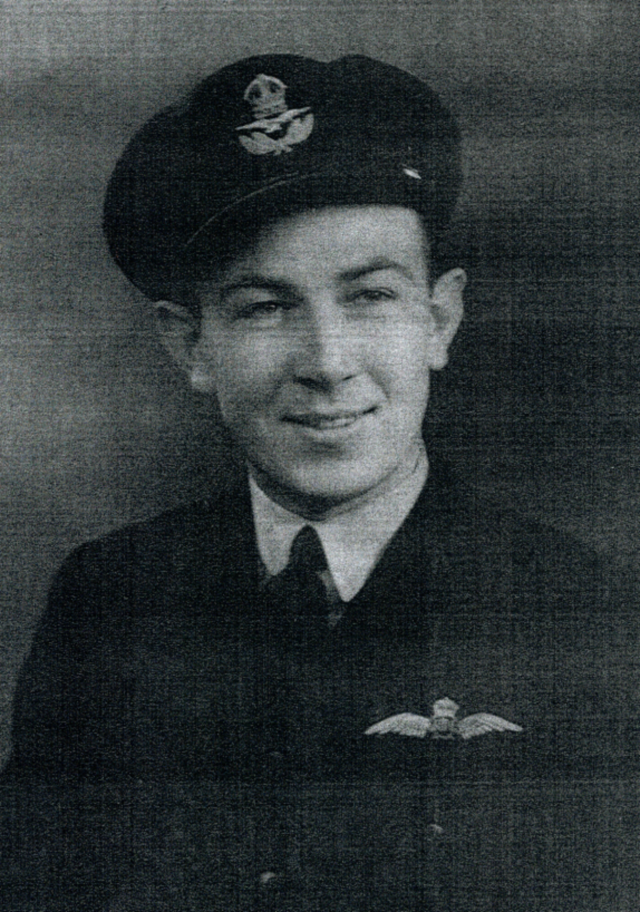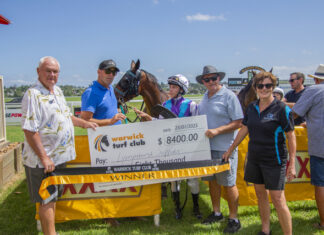Digital Edition
Subscribe
Get an all ACCESS PASS to the News and your Digital Edition with an online subscription
Allman Park hosts Charity Day
Warwick Turf Club’s annual Charity Race Day will feature a seven race card when racing returns to Allman Park on Thursday, 22 January.
The...








